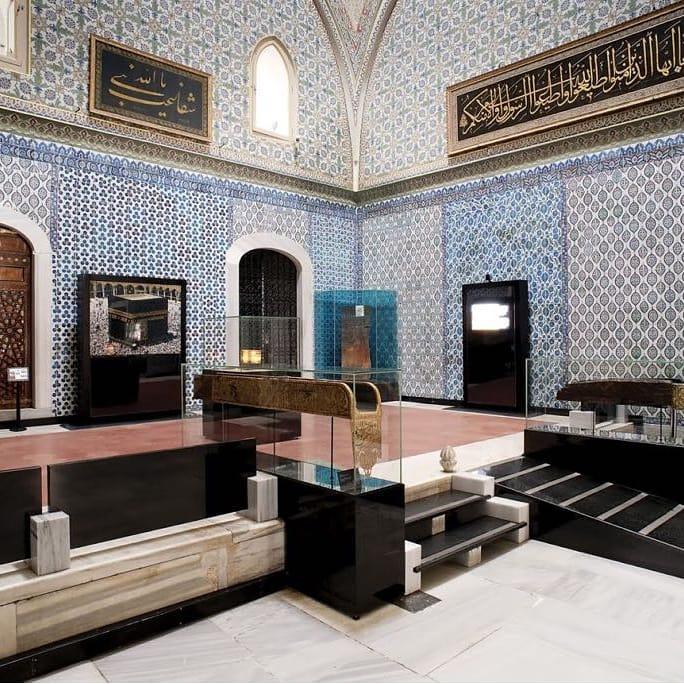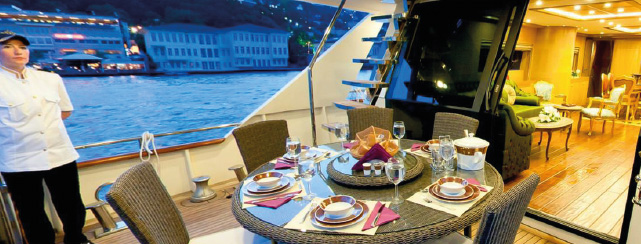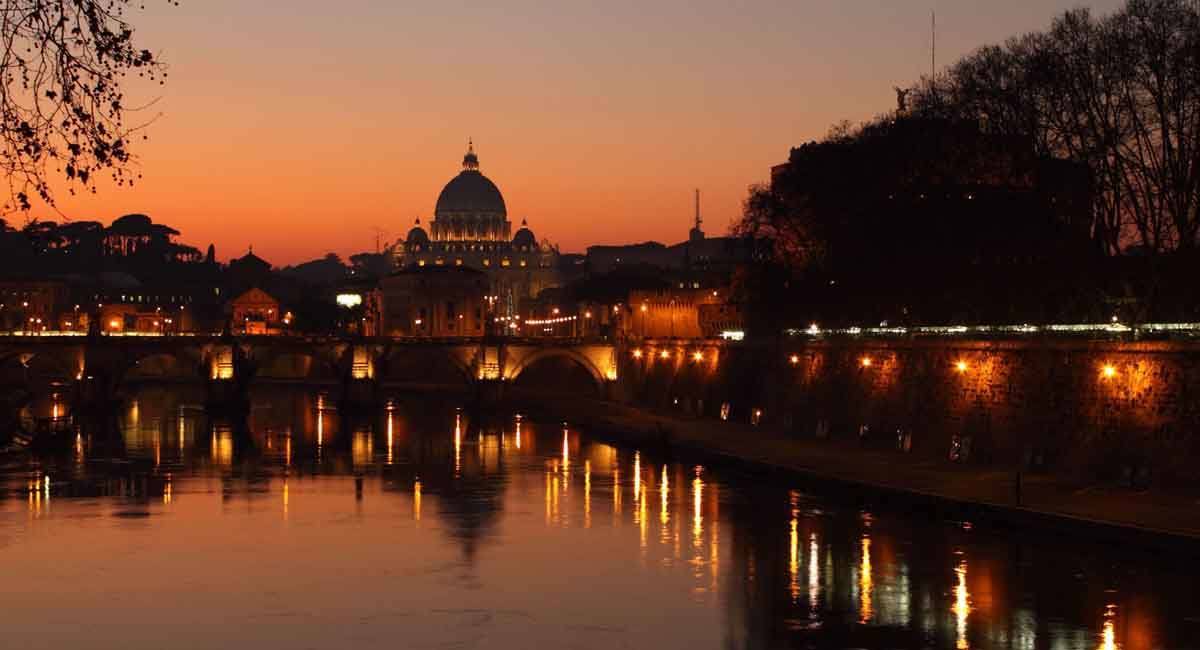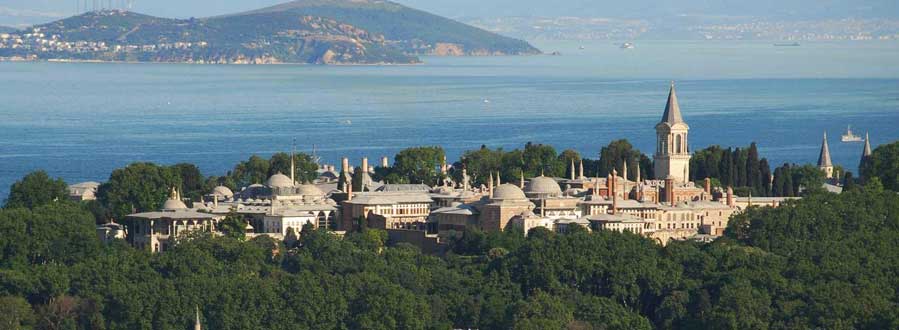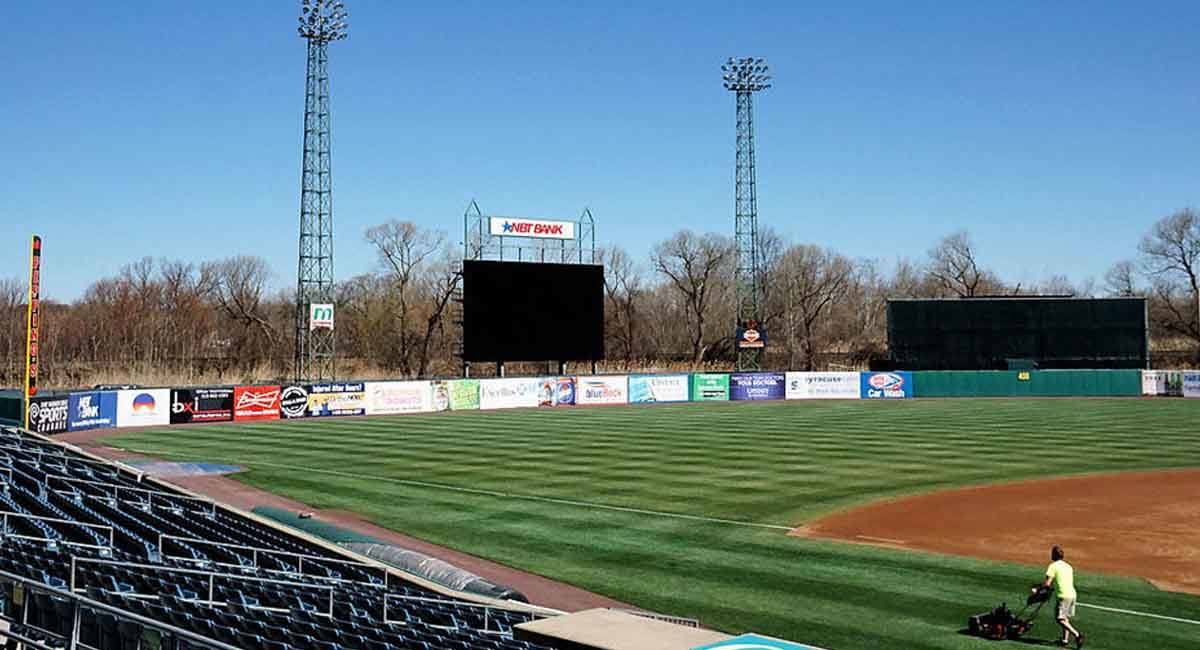Topkapı Palace was not only the residence of the Ottoman sultans, but also the administrative and educational centre of the state. Initially constructed between 1460 and 1478 by Sultan Mehmed II, the conqueror of Constantinople, and expanded upon and altered many times throughout its long history, the palace served as the home of the Ottoman sultans and their court until the middle of the 19th century. In the early 1850s, the palace became inadequate to the requirements of state ceremonies and protocol, and so the sultans moved to Dolmabahçe Palace, located on the Bosphorus. Despite this move, the royal treasure, the Holy Relics of the Prophet Muhammad, and the imperial archives continued to be preserved at Topkapı, and-since the palace was the ancestral residence of the Ottoman dynasty as well as the place where the Holy Relics were preserved-Topkapı continued to play host to certain state ceremonies. Following the abolishment of the Ottoman monarchy in 1922, Topkapı Palace was converted into a museum on April 3rd 1924, on the order of Mustafa Kemal Atatürk. After the conquest of Constantinople, Sultan Mehmed II (r. 1444-46, 1451-81) had a palace built in what is modern-day Istanbul’s Beyazıt district, on the spot where the University of Istanbul stands today; this first palace subsequently became known as the Old Palace (Eski Saray). Following the construction of the Old Palace, Mehmed II then had the Tiled Kiosk (Çinili Köşk) built, followed by Topkapı Palace itself, to which the court relocated when construction was complete. Mehmed called this place the New Palace (Sarây-ı Cedîd). The palace received its current name when Sultan Mahmud I (r. 1730-54) had a large wooden palace constructed near the city’s Byzantine walls, in front of which were placed several ceremonial cannons. This seaside palace was named the Cannon Gate Palace by the Sea (Topkapusu Sâhil Sarâyı), and when this palace was destroyed in a fire, its name was transferred to Mehmed II’s New Palace. Topkapı Palace, which developed and grew over the centuries, had a design that played an important role in Ottoman governmental philosophy and in the relations between the palace and its subjects. When Topkapı was first built, its plan was influenced by the splendor of the Edirne Palace located on the Tunca River, which had been constructed by Mehmed II’s father, Sultan Murad II (r. 1421-44, 1446-51) but very little of which survives today. The basic design of the palace is centred on various courtyards and gardens, around which are arranged offices devoted to state business, the buildings and pavilions serving as the residence of the sovereign and the buildings set aside for the court employees who lived in the palace. Topkapı Palace is built atop the Byzantine acropolis on Sarayburnu at the tip of the Istanbul peninsula. It is surrounded by the Sea of Marmara, the Bosphorus and the Golden Horn. On the land side, the palace is surrounded by 1,400-meter-long high encircling walls-known as the “Royal Walls” (Sûr-ı Sultânî)-while on the side facing the sea it is surrounded by Byzantine walls. The palace covers an area of approximately 700,000 square meters, a major part of which area is set aside for the Royal Gardens (Hasbahçe). The court of Topkapı Palace proper is made up of two basic organizations: the Outer Palace (Bîrûn) and the Inner Palace (Enderûn); the Harem was a part of the latter. The design of residences, ceremonies and ceremonial spaces, and all of the many palace facilities were set out according to this basic organizational principle. Within the Topkapı Palace complex are three main gates-the Imperial Gate (Bâb-ı Hümâyûn), the Gate of Salutation (Bâbüsselâm), and the Gate of Felicity (Bâbüssaâde)-four courtyards, the Harem, the Royal Gardens-today known as the Rose Garden (Gülbahçe)-and various other gardens.
